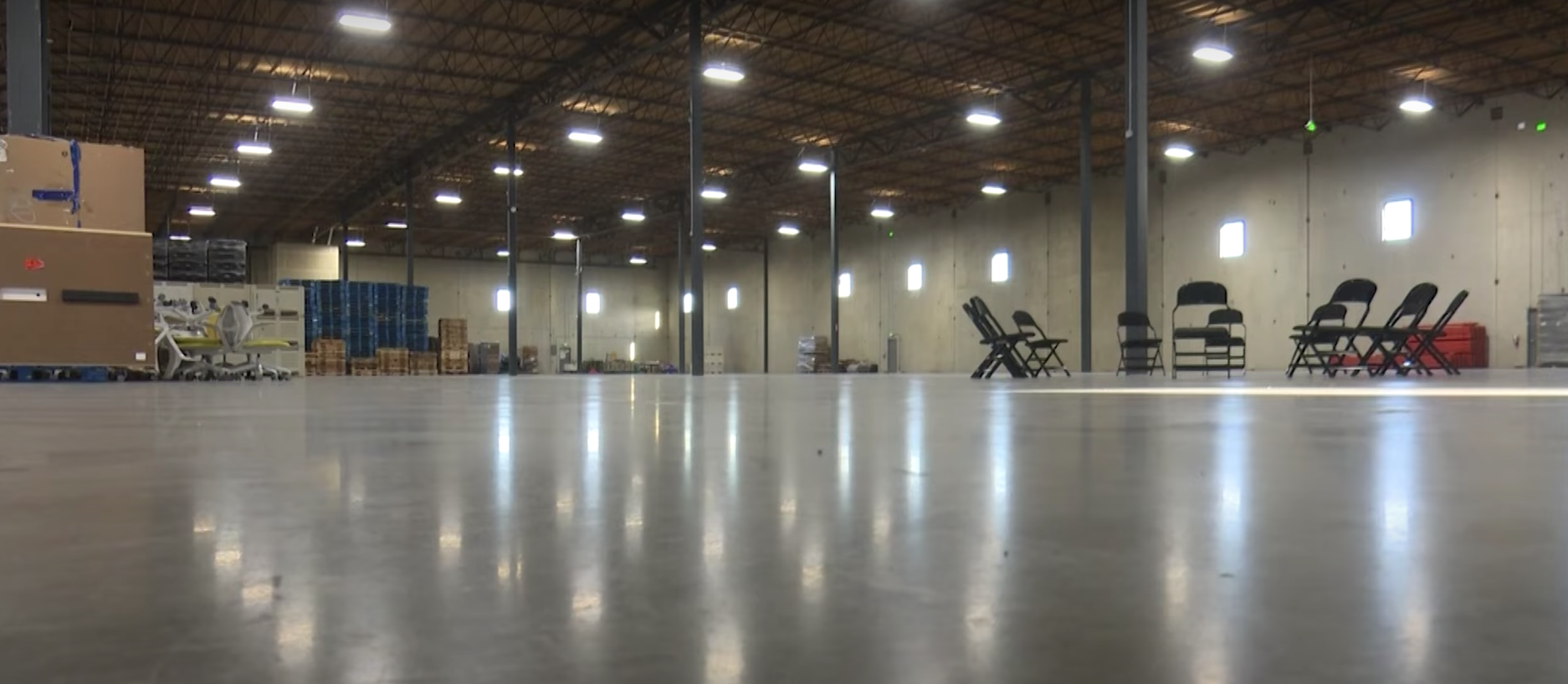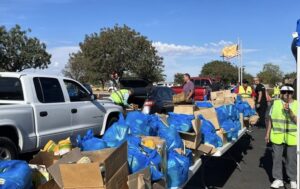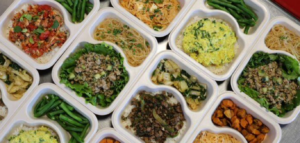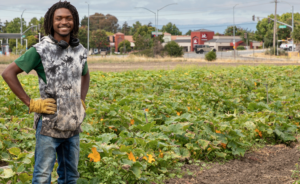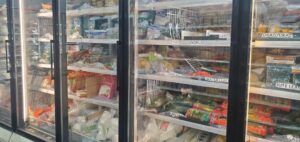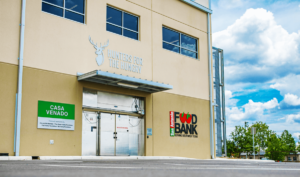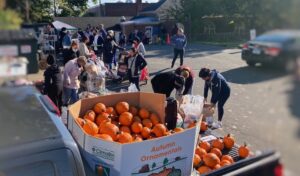At a time when many food banks were scrambling to add extra warehouse space to meet the demands of the pandemic, Food Lifeline in Seattle found itself with an unexpected gift: lots and lots of extra warehouse space.
A tenant had moved out, leaving behind 80,000 square feet of space that the food bank had acquired during a 2016 capital campaign. Food Lifeline did not have immediate use for the space, given that its main operations are run out of a 130,000-square-foot warehouse across the parking lot that still has room to spare.
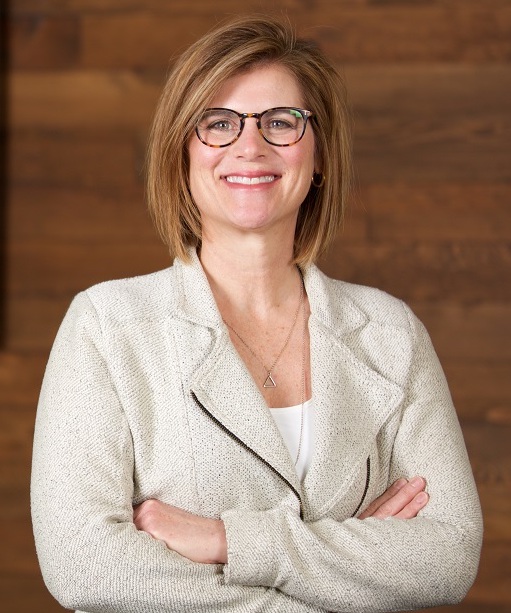
Even more unusual than Food Lifeline’s abundance of space is what it decided to do with it. In a bid to address inequities in the food system, it is making available half of the building, or 40,000 square feet, to underrepresented local farmers and community groups to use as a food hub. There, they will be able to convene; store fresh produce; package it for distribution; prepare it for use in meals, or do whatever else they would like with the space.
“This is not about Food Lifeline,” clarified Linda Nageotte, President and CEO of the food bank. Rather, it’s about redressing the advantages the food bank has long had in attracting funding and support. “We need to understand the power that our organization has and how this can be an opportunity to shift that power,” Nageotte said.
Currently, an advisory group of 18 to 20 people is working to engage community stakeholders and identify how best to use the space, said Nageotte, who is one voice on the committee. Another member is Ray Williams, Director of the Black Farmers Collective, which runs two farms in Seattle as part of its mission to develop a Black-led food system.
Williams said that he expects one outcome of the food hub will be to connect food-producing organizations like his with community groups and mutual aid societies that distribute charitable food. “We have the people and the volunteers to grow the food, but not necessarily the vans and the resources to connect it to the people in the community,” he noted. “So some of the work with the food hub is to have a space where those groups can connect.”
Few things have been decided upon for sure, but one of them is that the initiative will seek to elevate BIPOC-led farms and hunger relief organizations, Nageotte said. “We’re really prioritizing folks who have not had access to the kind of capacity that has been available to larger, more traditionally funded organizations,” she said.

Whether the organization will be a stand-alone nonprofit, a co-op, or a fiscally sponsored entity is not yet clear, but the advisory group has articulated that one of its goals is for it to be self-sustaining. “We’re not aiming to necessarily earn a profit, but we want this to be a going concern,” Nageotte said. The committee worked with Food Works Group to determine the best usage of the space, as well as to prepare a financial modeling tool to analyze different revenue-generating scenarios.
As Nageotte partakes in committee discussions as the representative of Food Lifeline, she is seeking to provide the food bank’s board with tools and resources to approach the issue with an equity lens, she said. “This is not a space where we need our board members to show up with their business person hat. This is a space where we need our board to show up and to think with an equity filter,” she said.
A current priority of the committee is to create an inclusive culture to overcome barriers like language and trust that might impede participation by BIPOC groups. “A big opportunity is for this food hub to be informed on a cultural level,” Williams said.
Nageotte noted that there are many ways for the food bank to address inequities in the food system, including increasing its purchases from BIPOC farmers, which Food Lifeline and many other food banks are already doing. Its support of a community-driven food hub is yet another way.
Added Williams, “Every food hub is different, and this one is even more different. Hopefully it can be a model.” – Chris Costanzo
CAPTION FOR PHOTO, TOP: Food Lifeline of Seattle is making its extra warehouse space available for a community-driven food hub.
Like what you’re reading?
Support Food Bank News
